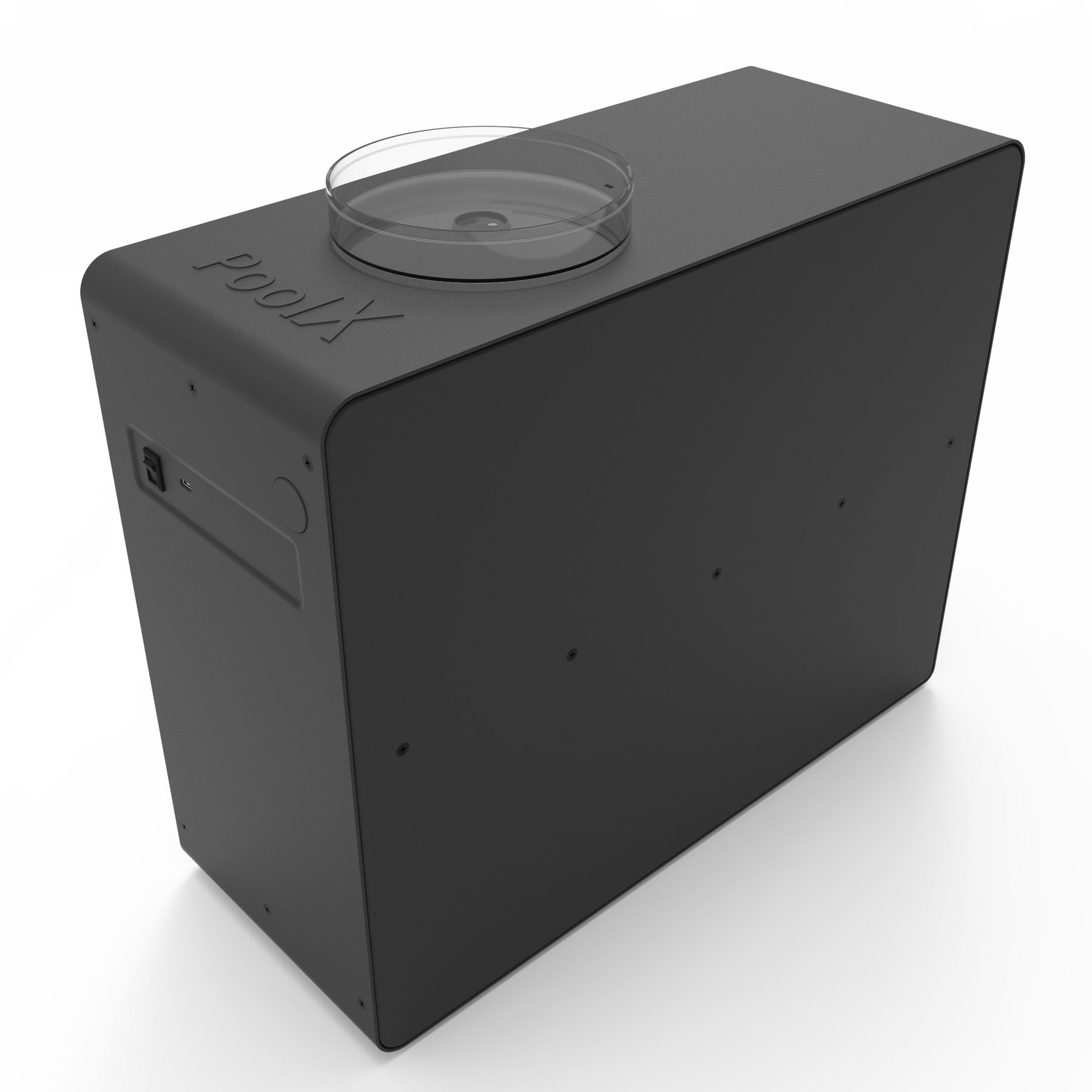Yellow algae, also known as mustard algae, can be a persistent problem in pools. If left untreated, it can make your swimming experience less enjoyable and can even be harmful to the pool’s infrastructure. In this guide, we will delve deep into how to get rid of yellow algae in your pool using approved technology and tremendous tips. As a homeowner, keeping your pool clean and healthy is crucial. Let’s start with understanding what yellow algae is and why it is so persistent.

Understanding Yellow Algae
What is Yellow Algae?
Yellow algae is a type of algae that’s more resistant and tougher to eliminate than green algae. It appears as yellowish or mustard-colored streaks and typically grows on the shady side of the pool.
Why is Yellow Algae Persistent?
Yellow algae have a unique structure that allows it to stick firmly to pool surfaces, making it resistant to regular pool sanitizers.

Why You Should Keep Your Pool Yellow Algae-Free
Keeping your pool free of yellow algae ensures a safe and delightful swimming environment. It contributes to the longevity and quality of your pool water and surfaces. For more insights on home improvements and pool maintenance, visit home repairs.

Approved Technology: Tools and Methods to Combat Yellow Algae
Using Algaecide
An algaecide specifically designed for yellow algae is one of the most effective tools for combating this problem. Make sure to follow the instructions carefully for optimal results.
Brushing and Vacuuming the Pool
Regular brushing and vacuuming of the pool walls and floors can help in eliminating algae. Use a brush suitable for your pool’s surface type.
Shock Treatment
Shock treatment involves adding a high dose of chlorine or other pool sanitizers to kill any lingering algae spores. Ensure to maintain a proper pH balance during this process.
Maintaining Proper Chemical Levels
Chlorine Levels
Keeping your chlorine levels between 1-3 ppm (parts per million) helps in effectively sanitizing your pool and preventing yellow algae growth.
pH Balance
Maintaining a pH level between 7.2 and 7.6 ensures the effectiveness of chlorine. Use a reliable test kit to monitor these levels regularly.
Preventive Measures
Regular Cleaning
Regularly clean and maintain your pool to prevent yellow algae from taking hold. Skim the surface, brush the walls, and vacuum the floor weekly.
Proper Circulation
Ensure your pool has proper water circulation. This helps in evenly distributing chemicals and preventing stagnant water where algae can thrive.
Using Natural Methods to Eliminate Yellow Algae
Using Baking Soda
Baking soda can be an effective and natural way to remove algae. Sprinkle it on the affected areas and then brush thoroughly.
Applying Vinegar
White vinegar is another natural remedy. Apply it to the algae spots and scrub away after letting it sit for a few minutes.
Consulting Professionals
When to Call a Professional
If your efforts do not pay off, don’t hesitate to consult a pool maintenance professional. They have specialized tools and knowledge to tackle persistent yellow algae.
FAQs
What is the fastest way to get rid of yellow algae in a pool?
Using an algaecide specifically designed for yellow algae, followed by scrubbing and vacuuming the pool, is generally the fastest way to eliminate it.
Can yellow algae be harmful to swimmers?
While not harmful in small amounts, large infestations can lead to slippery surfaces and harbor harmful bacteria, making it essential to treat swiftly.
Is it safe to swim after shocking the pool to remove yellow algae?
It is advised to wait at least 24 hours after shocking the pool before swimming to ensure the chemical levels are back to safe limits.
Conclusion
Getting rid of yellow algae in your pool may require time and effort, but it’s undoubtedly worth it for a clean, safe, and delightful swimming environment. By following these approved technologies and tremendous tips, you’re on your way to maintaining a pristine pool. For further reading on how pools can affect home value, visit pool home value.
As an Amazon Associate, I earn from qualifying purchases.

